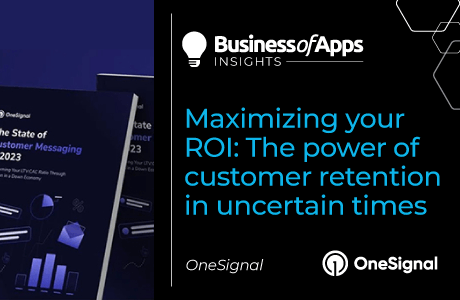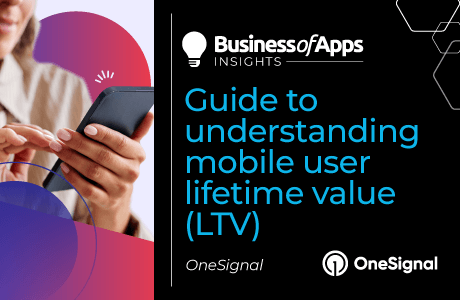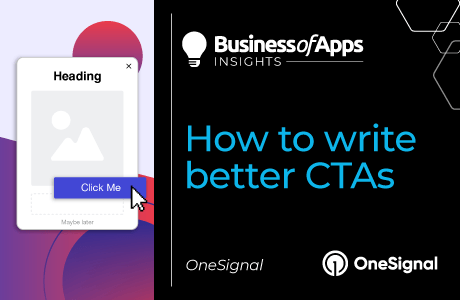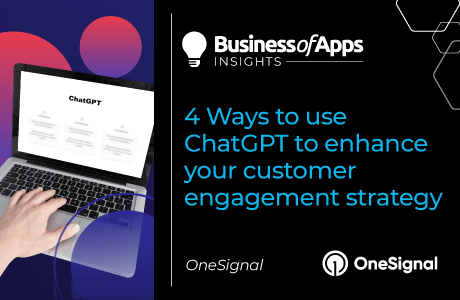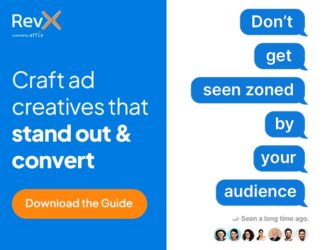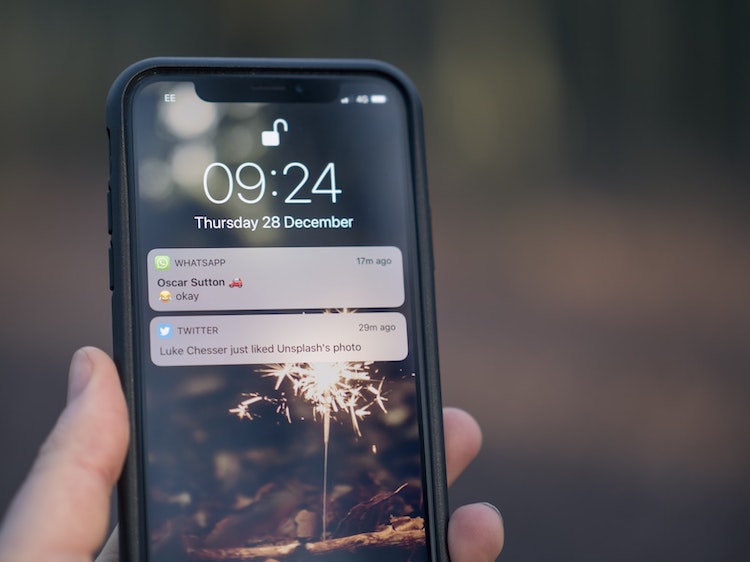
There’s been a bit of mock outrage lately directed against push notifications – the technology that enables messages to show up on your smartphone screen even when the phone is locked.
In September, for example, Fast Company carried an article titled “People absolutely hate your push notifications,” citing a survey which concluded that the overzealous use of push notifications by certain businesses led people to delete their apps. While the survey is probably right; any communication channel that an organization uses to bombard people with messages in which they have little interest in is perpetrating abuse, and they deserve to be deleted.
Used appropriately, notifications can be a powerful, valuable, even welcome way to convey timely information.
Say, for example, you need to catch a flight, but there’s been a gate change or departure delay. You’re in a rush and don’t have the time to make a leisurely search of the airline’s website to learn about it. A well-tailored push notification that immediately updates you if your situation has changed can save the day. Jet Blue, for example, sends notifications to all its travelers with flight status updates as their departure times’ approach.
And what if there’s a news bulletin of national importance? As a subscriber to a digital newspaper, you’re likely to be someone who wants to know about breaking news right away. For people who carry their phones everywhere – which today includes most adults – notifications are an ideal platform for getting the news out. As a result, the use of push notifications by publications of every sort has been skyrocketing with the average publisher now sending out over 120 a month. Even individuals with their own specialized blogs, online publications, and websites, find notifications to be an ideal way to build a following.
Consider an Amber Alert, an unplanned road closure, a tornado warning, or an emergency that directly affects your community. When people complain about push notifications, they’re not complaining about the ones that provide important updates that may impact a person’s life. They’re complaining about spammy notifications that aren’t pertinent to them whatsoever. People already look at their phones an average of 80 times a day, which makes push notifications well suited to conveying important alerts.
In just the past few years, push notifications has become the ideal vehicle for alerting you to all sorts of things including reminding you to go to the gym,, tracking a food delivery, notifying you when someone is at your front door, and just about everything else.
However, push notifications have a darker side to it as well. Customers posing as domestic users have sometimes turned out to be Russian political operatives or people associated with subversive organizations in other parts of the world. Hate speech has also tried to carve a niche in push, although providers of the service have attempted to be systematic in shutting them down. Pornography also is a constant problem as it is in every communication channel, including push, despite efforts to police it.
But those abuses are not where people’s indignation has been focused. Instead, their irritation relates to inappropriate commercial uses, where breathless promotional messages are blasted out with high frequency and without the sort of personalization that makes them relevant to individual users. Companies using push need to listen to those complaints because push notifications – unlike most other forms of communication – are totally under the consumer’s control.
If you receive a request that reads: “Our company would like to send you notifications. Notifications may include alerts, sounds, and icon badges. These can be configured in settings.” You can either click on “Allow” or “Don’t Allow.” If you opt-out, there is no technical way a company or product can connect to you again without you opting back into their notifications.
In the meantime, commercial users of push notification solutions have devised a variety of strategies to maximize their impact. Almost all of them boil down to three main factors: Timing, Personalization, and Actionability.
- Timely messages relate to prospect’s behavior, such as the last time they visited a store or website, as well as the availability of products they previously searched for or may have abandoned in a cart.
- Personalized notifications might include the name and location of the individual or other personally significant information.
- Actionable notifications make clear what the user should do next to learn more, to take advantage of an offer, or to make a donation, for example.
Using push notification effectively is still largely an art, and customers are still learning the best ways of applying the technology. When used properly, push notifications can be a powerful and high-value channel of communication for individuals as well as for organizations of every type.






